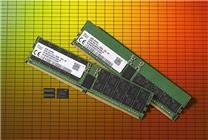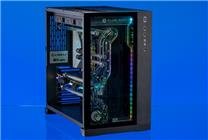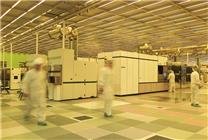DRAM Market Update: Rising Prices Signal Tight Supply
Summary:
- The DRAM market is experiencing a sustained increase in memory prices, driven by supply constraints.
- Major manufacturers are reducing production of traditional DRAM products to focus on more profitable offerings.
- Prices for key DRAM products, including DDR4 and DDR5, have risen for six consecutive months.
The DRAM market is currently facing significant supply-demand disparities, leading to a consistent upward trend in memory prices. Reports indicate that prices for DRAM used in smartphones, PCs, and data center servers have increased for six straight months, raising concerns among consumers and industry stakeholders alike.
Factors Driving Price Increases
The primary catalyst behind this pricing escalation is the expectation that leading DRAM manufacturers will reduce production of their flagship products. This strategic move is likely aimed at tightening supply further and maintaining higher profit margins. As demand continues to outpace supply, the pressure on pricing is expected to intensify, resulting in elevated costs for consumers and businesses that rely on DRAM components.
Current Pricing Trends
In September, the wholesale prices for key products saw noteworthy hikes. The DDR4 8Gb memory module was priced at approximately $4.54 each, reflecting a 3% increase from the previous month, while the 4Gb version also rose to about $3.46, marking the same percentage increase. This price growth signifies a continuing trend, as both products have experienced monthly price increases for six consecutive months.
Additionally, the wholesale price of DDR5 memory modules also climbed by around 3% during September. Industry experts anticipate that this upward trajectory in prices may expand even further in October, indicating a persistent pattern.
Impact of Production Shifts
Moreover, a recent survey by TrendForce indicates that major DRAM manufacturers are currently prioritizing their production capacities toward high-profit products, such as High Bandwidth Memory (HBM). This shift in focus is squeezing the production capacity of traditional DRAM offerings, leading to an ongoing rise in DDR4 quotations. In fact, the third quarter of 2025 compared to the same period the previous year saw a staggering 171.8% increase in DRAM prices, underlining the severity of the current market situation.
Future Implications
The implications of these price increases are multifaceted. For end consumers, rising memory costs may translate into higher prices for a range of electronic devices. Manufacturers, on the other hand, will need to navigate the complexities of sourcing DRAM components while balancing costs and product pricing strategies.
With manufacturers emphasizing higher-value products, the landscape for traditional DRAM may be shifting permanently. This could signal a long-term trend rather than a temporary spike, prompting industry stakeholders to reevaluate their supply chain strategies.
Conclusion
As DRAM prices continue their upward march, the landscape remains fraught with challenges for consumers and manufacturers alike. With a clear indication that supply constraints will persist as long as major manufacturers prioritize high-margin products, those involved in the electronics supply chain must remain vigilant and adaptable. As we move into October, close attention to pricing trends will be essential for anticipating market shifts and strategic planning.
By staying informed and agile, businesses can navigate this fluctuating environment and seek to capitalize on opportunities while mitigating the impacts of rising costs.









